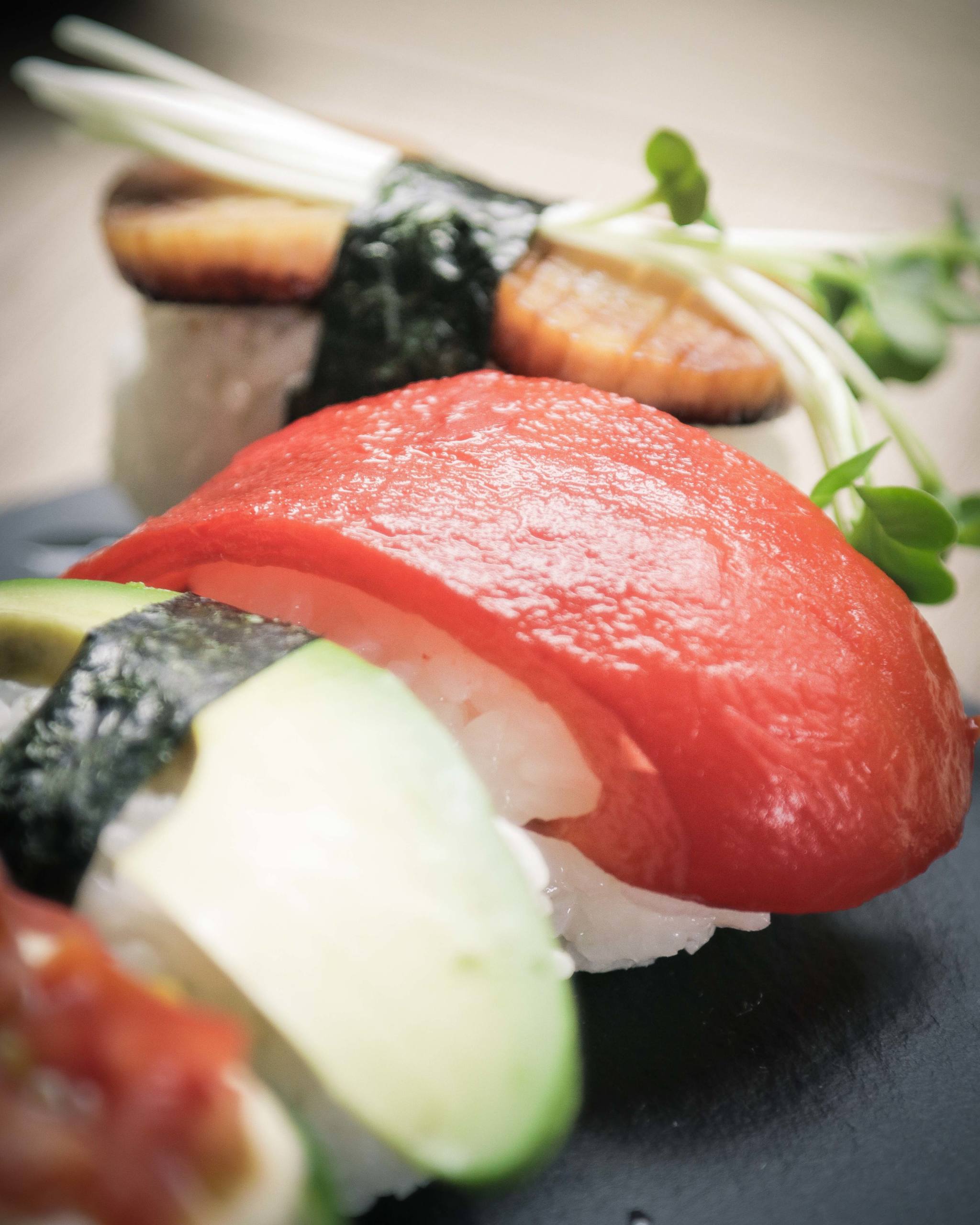
Bentoya ♡ Nigiri Sushi
View this post on Instagram A post shared by Vegan Japanese Cooking Class (@bentoyacooking)
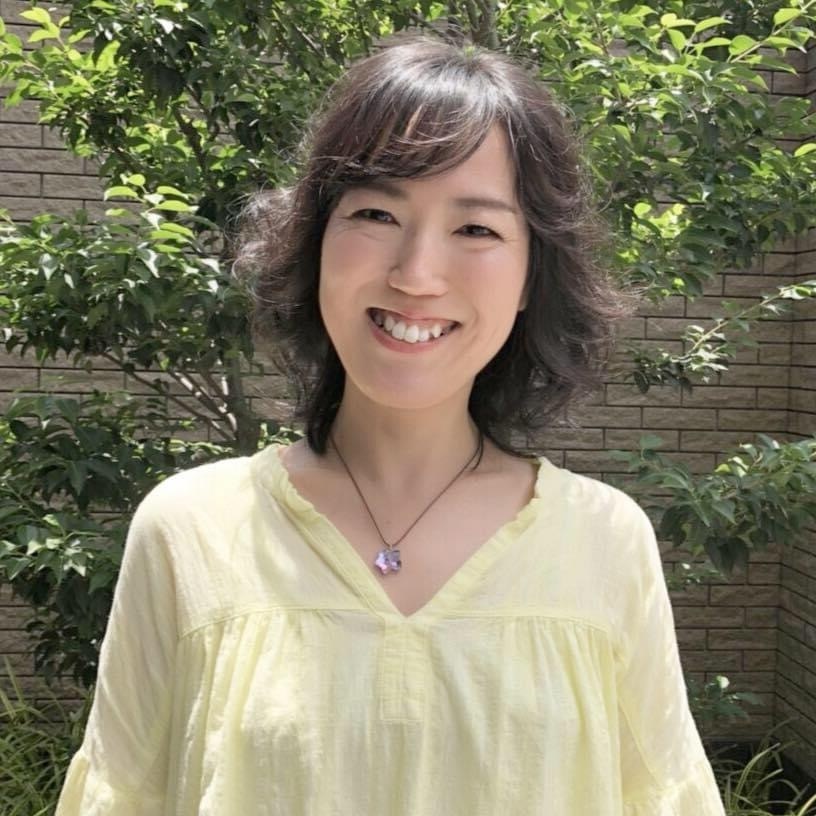
Hello, I’m Tomomi. I live in Hiroshima. I’m a mother of one. I’m a certified BentoYa cooking instructor. I teach vegan Japanese cooking online. I’m also a bilingual tour guide in Hiroshima. I love to communicate with people from all over the world. I’m passionate about telling Japanese culture and tradition to everyone. It’s so interesting to meet people from different backgrounds and to learn something new. In my free time, I like reading, walking, and searching for some new recipes and making them.
I first started making plant-based food because I was curious. I often heard the words “vegetarian” and “vegan”, which made me wonder if dishes made with only vegetables are delicious? Do you feel satisfied? This was the beginning. At the start, I searched for recipes and made food for myself, for the purpose of improving my health. During the time of corona restrictions, I made sushi following Bentoya’s recipe and I was surprised by how delicious it was and I still remember the wonderful taste.
Furthermore, I also learned that eating meat is one of the causes of global warming and environmental destruction, and that the number of fish around Japan is decreasing. For a sustainable society, I feel that it is important to review our eating habits.
The fact that you don’t have to prepare meat or fish and don’t have to worry about whether it’s cooked properly makes daily cooking simple. I’ve been eating more dishes using vegetables and tofu than before, and my 9-year-old daughter is also eating more plant-based dishes. I also do not buy soup stock from the store, but make it using seaweed (kelp) and dried shiitake, and cannot imagine going back to buying it from the store.
I also like thinking about how to make a dish without meat, fish, eggs and dairy products, and it’s also fun to be creative.
I often cook dishes by BentoYa, which my kids love. For example, udon, ramen, dumplings, okonomiyaki, curry, fried chicken and so on. Children’s favorite dishes tend to be high in calories, so delicious BentoYa dishes made with vegetables and tofu are perfect. When I have time, I enjoy cooking with my children. I also make Japanese sweets as a hobby.
Coming from Hiroshima, I love Hiroshima-style okonomiyaki, which is Hiroshima’s soul food. Many people living in Hiroshima ask if okonomiyaki without meat and eggs is delicious? Actually, I was wondering about this too. But when I actually made it following Bento Ya’s recipe, I was surprised by how delicious it was. The meal was very satisfying. Hiroshima-style okonomiyaki was born in the ruins after the atomic bomb and during a time of severe food shortage. Warm okonomiyaki baked on an iron plate encourages smiles not only among those who desperately tried to live during that time, but also among many people today.
Originally, Japanese people had a diet centered around vegetables and grains that can be obtained locally, so I think it is easy to make vegan Japanese food. There are also wonderful fermented seasonings, such as miso and soy sauce in Japan, so it is possible to make delicious Japanese food that makes the most of the taste without using meat or fish.
Japanese food includes traditional Japanese cuisine from ancient times, Japanese cuisine created through fusion with foreign cuisine (ramen, curry, etc.), and shōjin ryori, so you can make different types of vegan Japanese cuisine depending on the origin of the dish. However, fish is often used in traditional Japanese dishes, local dishes, and New Year’s meals. Not all dishes can be made vegan, but it’s the same with dishes from other countries. In addition, eating out is still difficult at present. In most cases, dried bonito (fish flakes) is used in the soup stock. Meat-based ingredients are also used as seasonings, so you need to look carefully at the label before buying.
Unfortunately, there are still few restaurants in Hiroshima that serve vegan food.
However, the okonomiyaki restaurant “Nagataya” near Peace Park is popular with Japanese people and there are always lines. There are English menus and vegan menus, and the location is good, so it is popular with tourists.
You can make such delicious Japanese food using just vegetables! I became an instructor because I wanted to convey my own excitement to everyone. Fortunately, I like cooking and I can speak English. The internet is also a great tool for sharing knowledge. I hope that vegan Japanese food will be transmitted to as many people as possible, and that Japanese dishes will become part of their standard home-cooked meals. Delicious food makes everyone happy and smiling. It is universal.
You may find it difficult to make Japanese food, but don’t worry. Since vegan Japanese food is not processed with meat or fish, it is surprisingly easy to make if you have vegetables, shōjin soup stock, and Japanese-specific seasonings (soy sauce, mirin, miso, sake, etc.). Even if you can’t go to Japan, or visit a Japanese restaurant, BentoYa’s cooking recipes are wonderful for making delicious Japanese food. Please join a cooking lesson to learn the tips and tricks of Japanese cooking and how to make it for your family and loved ones. Now that we can do lessons online, I’m really happy to be able to interact with people all over the world from home. I look forward to cooking and talking with you during the lessons.
Tomomi has an amazing Instagram account where she posts pictures of her own homemade plant-based dishes in particular and vegan Japanese food in general.
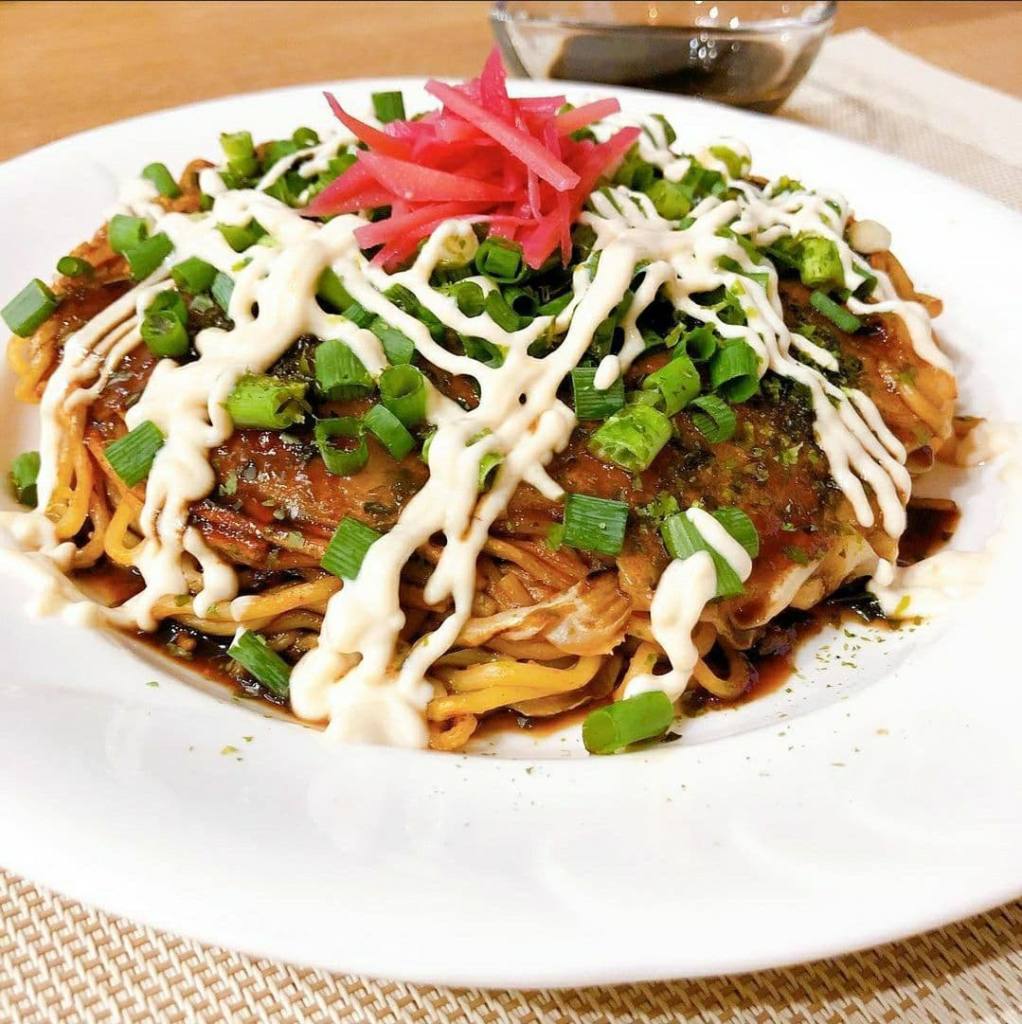
Hiroshima-style okonomiyaki
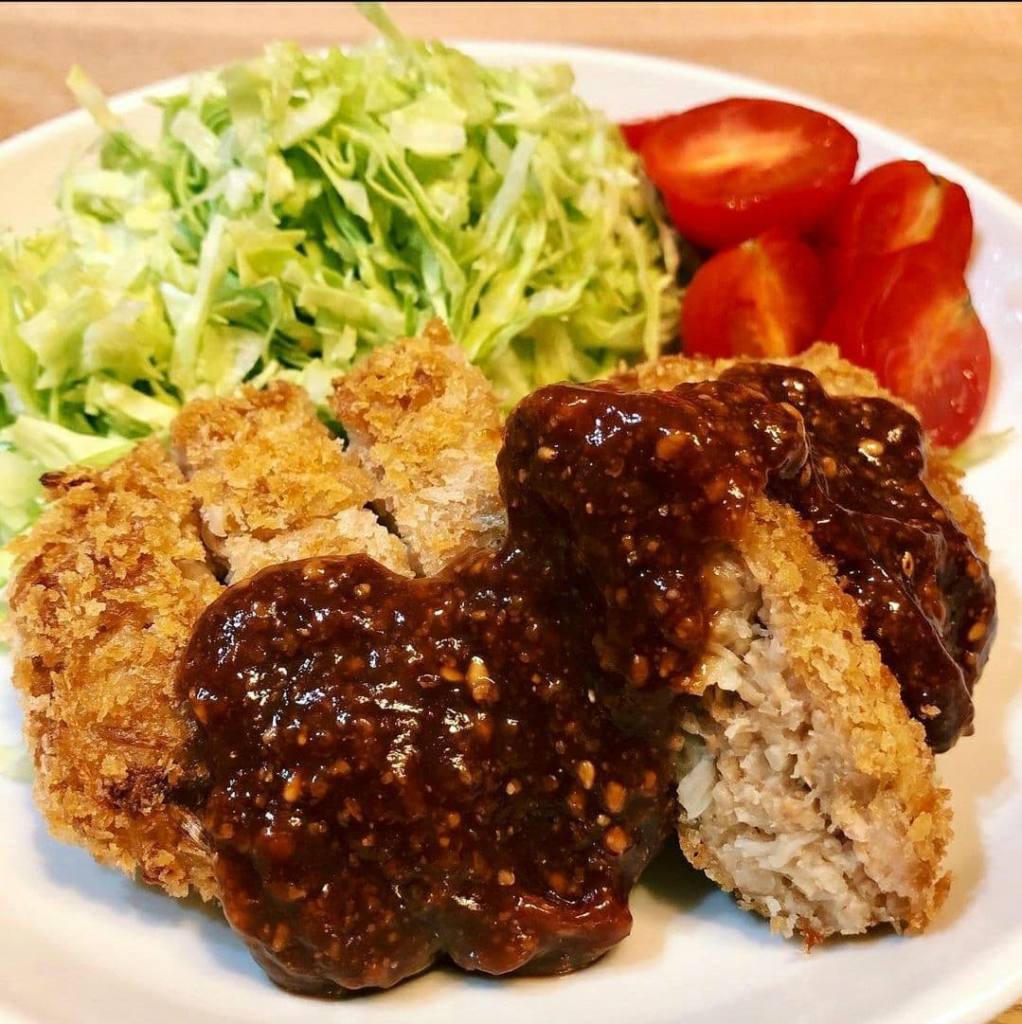
Vegan katsu cutlet & homemade sauce
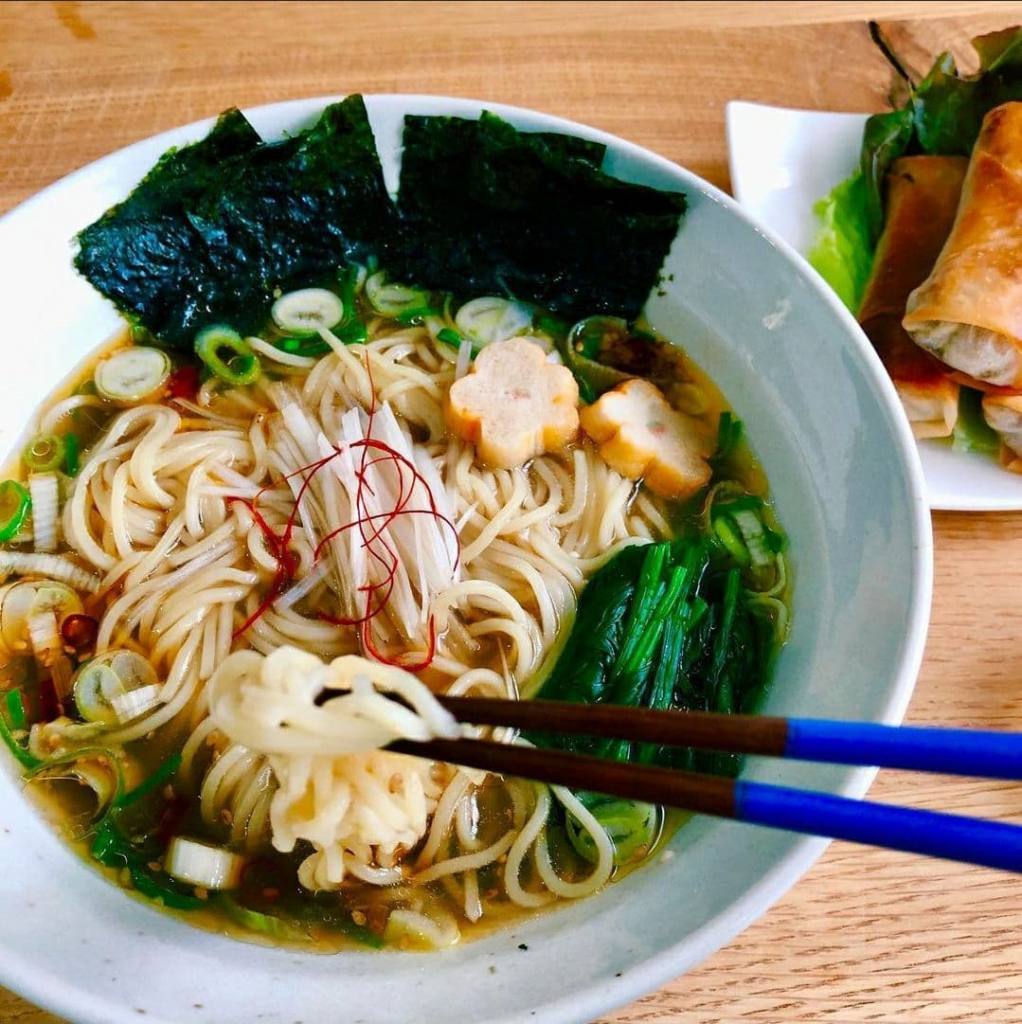
Vegan soy sauce ramen
Photos by Tomomi Kajiyama
Follow Tomomi on Instagram:

View this post on Instagram A post shared by Vegan Japanese Cooking Class (@bentoyacooking)
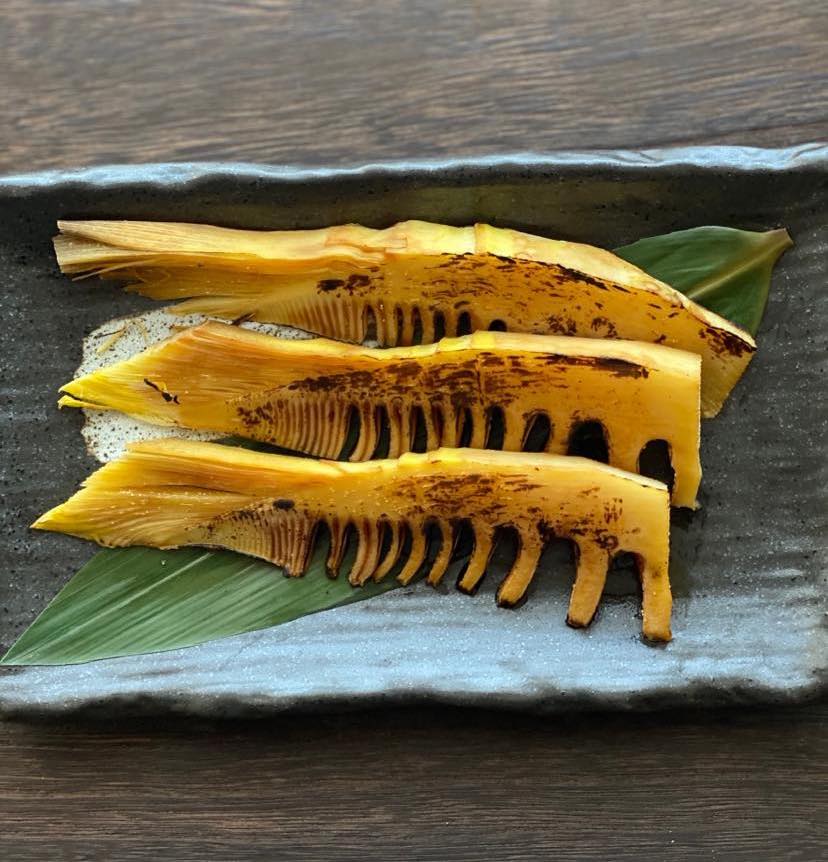
In Japan, the vegetable and fruit selection changes with the seasons. Seasonal vegetables are often budget-friendly and a great way to add variation to your cooking.
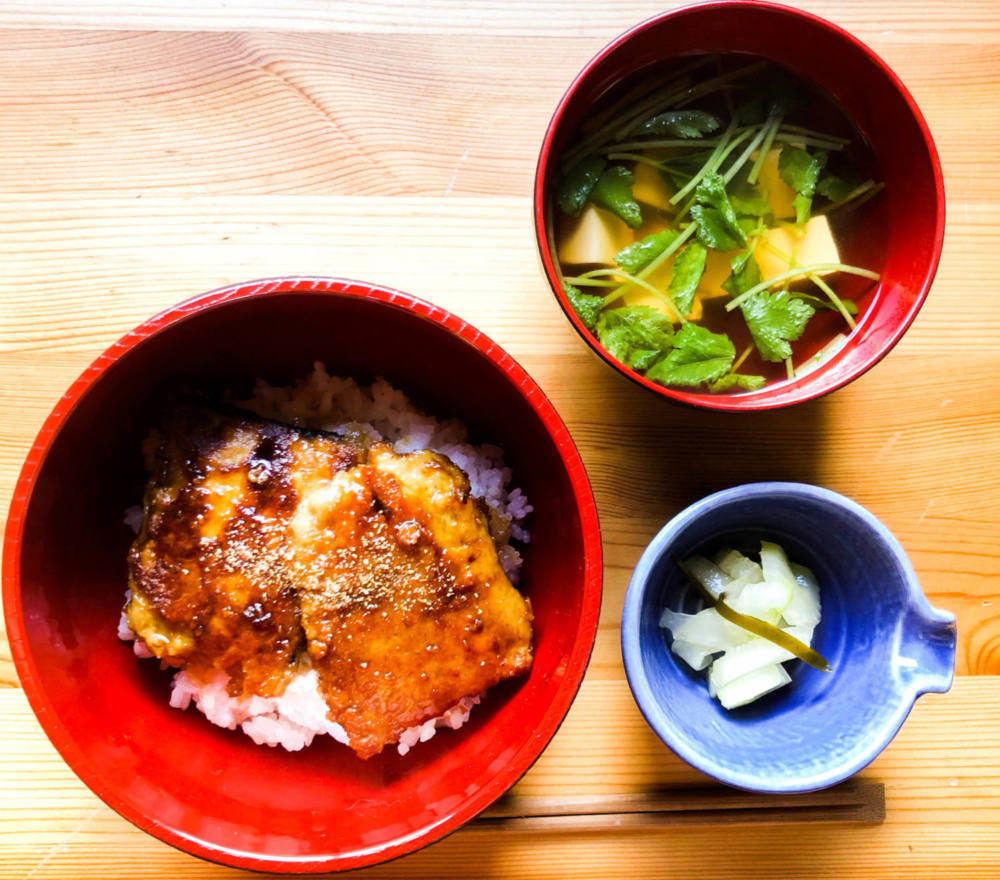
Modoki ryori refers to food which uses plant-based ingredients to mimic the appearance, taste and texture of meat dishes. This type of dishes are common in shojin ryori and they have also achieved a certain mainstream popularity due to the health factor of eating vegetable-rich meals.
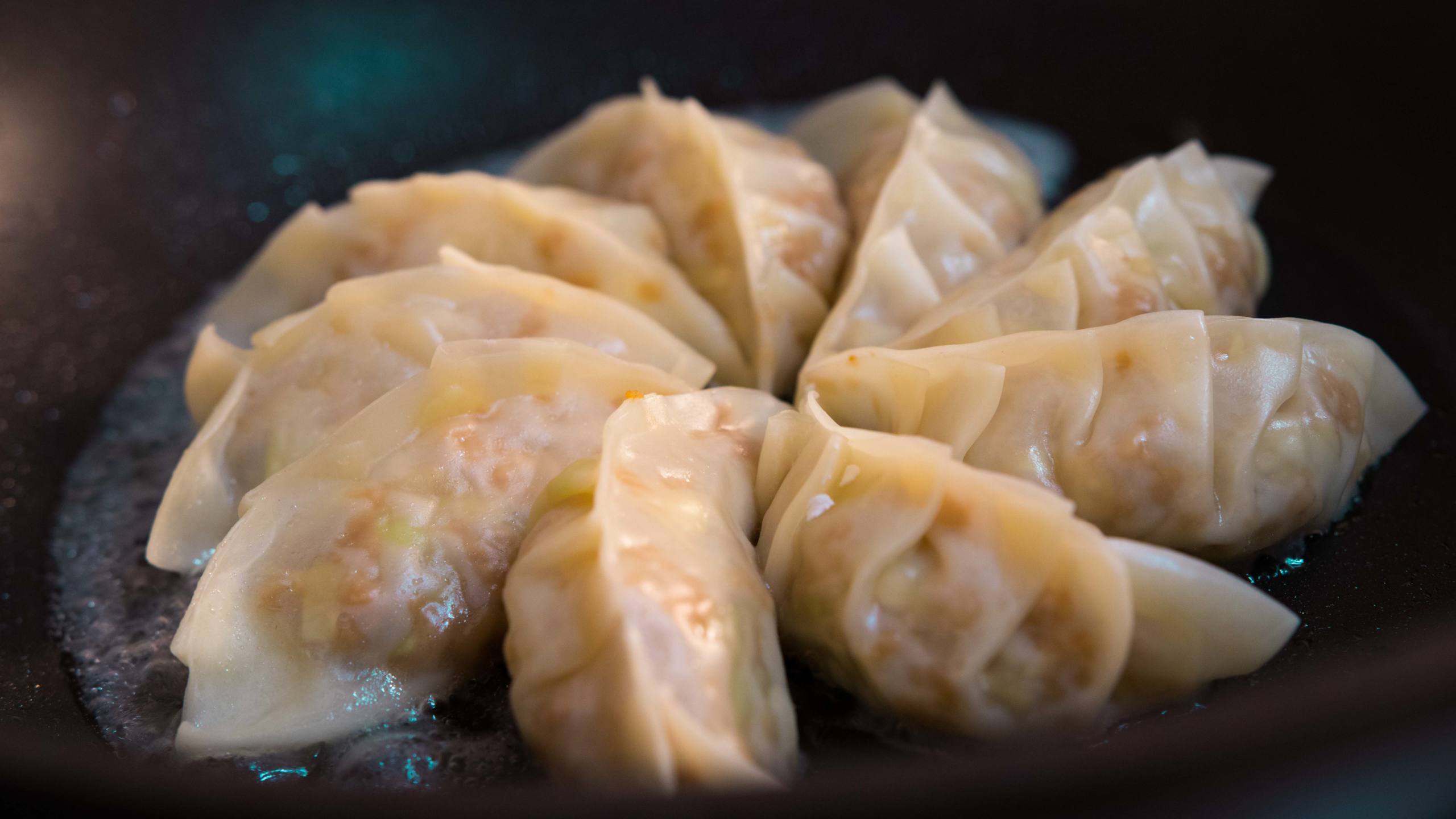
Chuka ryori (中華料理) refers to Japanese-Chinese dishes which originate from China, but have been adjusted to fit the style and taste of the Japanese palette. Dishes that belong to this group are for example ramen, gyoza and harumaki.
Sign up to our newsletter and get our latest recipes, cooking related content & offers delivered right to your mailbox!